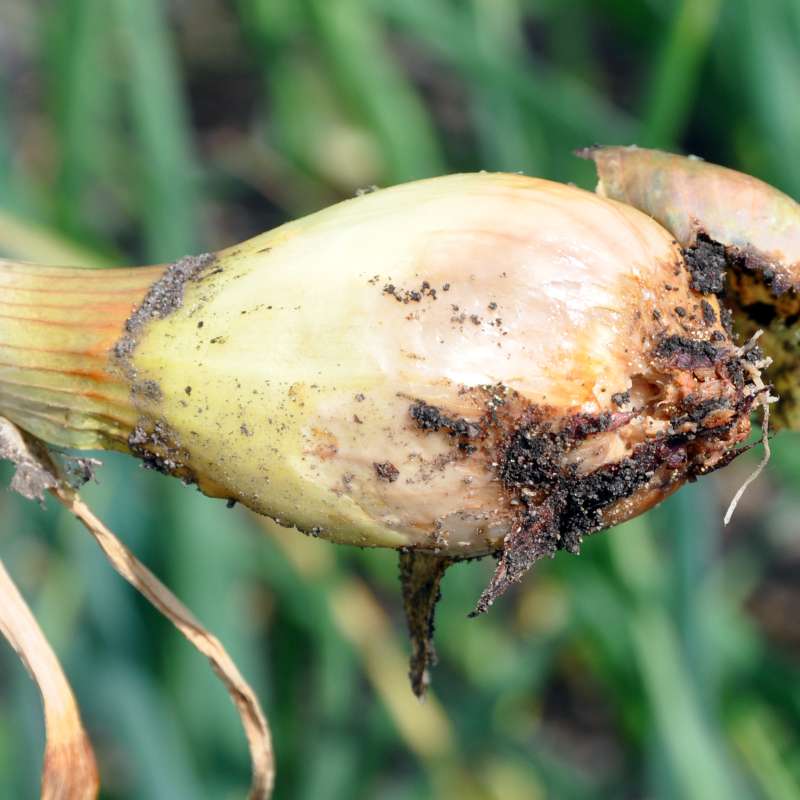Annette Folkedal Schjøll
Research Scientist
(+47) 922 43 716
annette.folkedal.schjoll@nibio.no
Place
Ås H7
Visiting address
Høgskoleveien 7, 1433 Ås
Abstract
Bulb mites (Rhizoglyphus spp.) can predispose onions to various fungal diseases. At the same time, onions infected with Fusarium spp. have been shown to attract bulb mites. In addition, bulb mite establishment has been shown to be more successful and population growth faster on Fusarium spp. infected onions. Understanding the interactions between bulb mites and Fusarium spp. is essential for developing effective Integrated Pest Management (IPM) strategies targeting both Fusarium spp. and bulb mites. However, there is no information on the interactive effects of bulb mites and F. oxysporum f. sp. cepae on onions in Norway. Likewise, there is no prior knowledge of which bulb mite species damage onion in Norway. In the ongoing project, we study which bulb mite species exist in Norway, whether basal rot development is affected by the presence of bulb mite (R. robini), and whether the population growth of bulb mites is affected by F. oxysporum f. sp. cepae. We aim to present the results of the ongoing experiment and discuss their importance for the management of bulb mites and F. oxysporum f. sp. cepae in Norway.
Authors
Annette Folkedal SchjøllAbstract
No abstract has been registered
Abstract
No abstract has been registered

